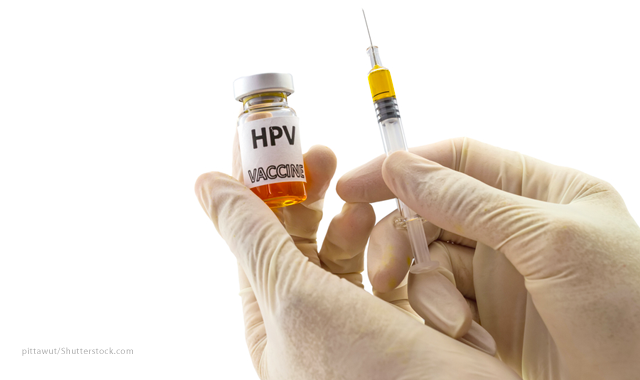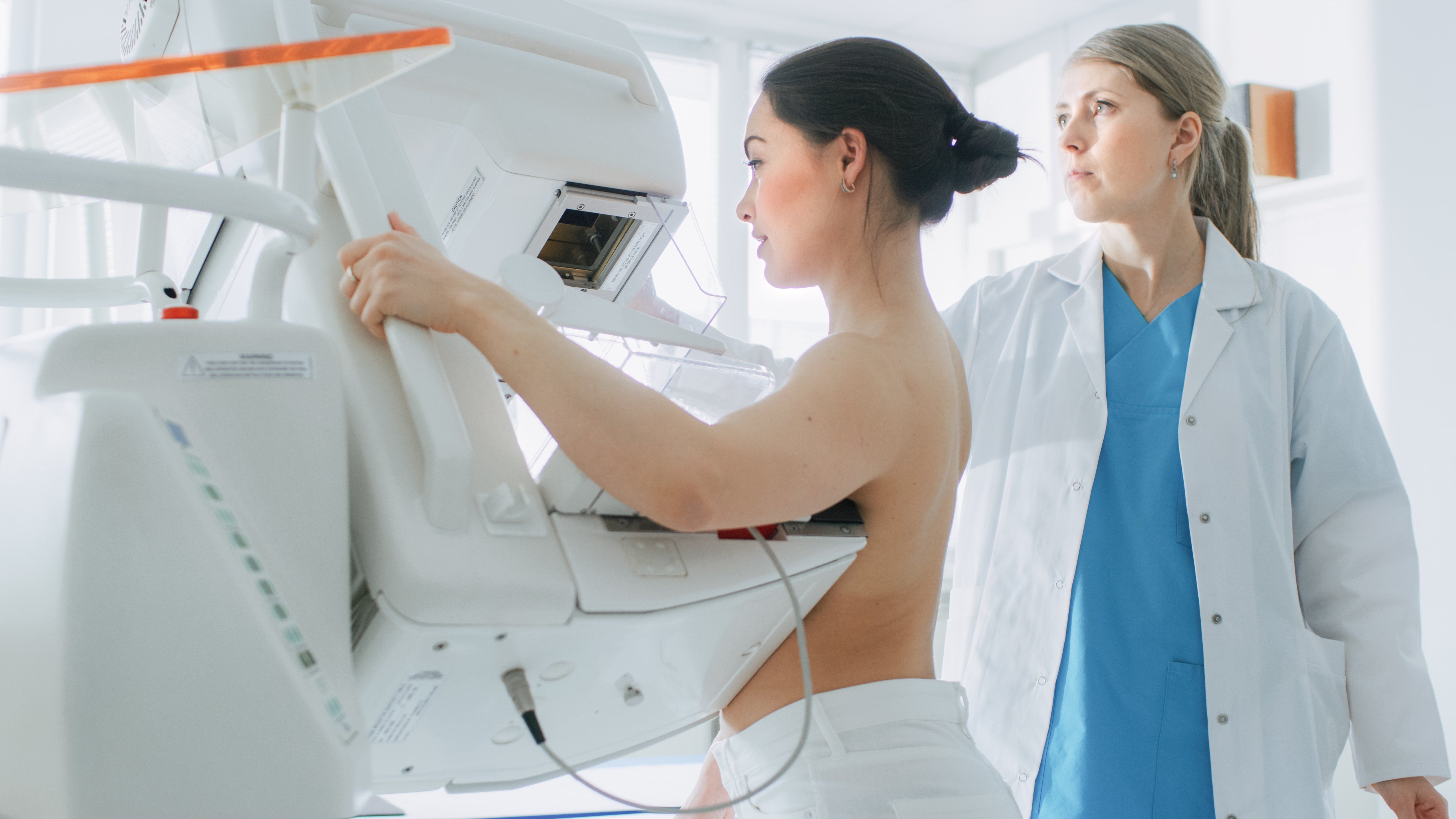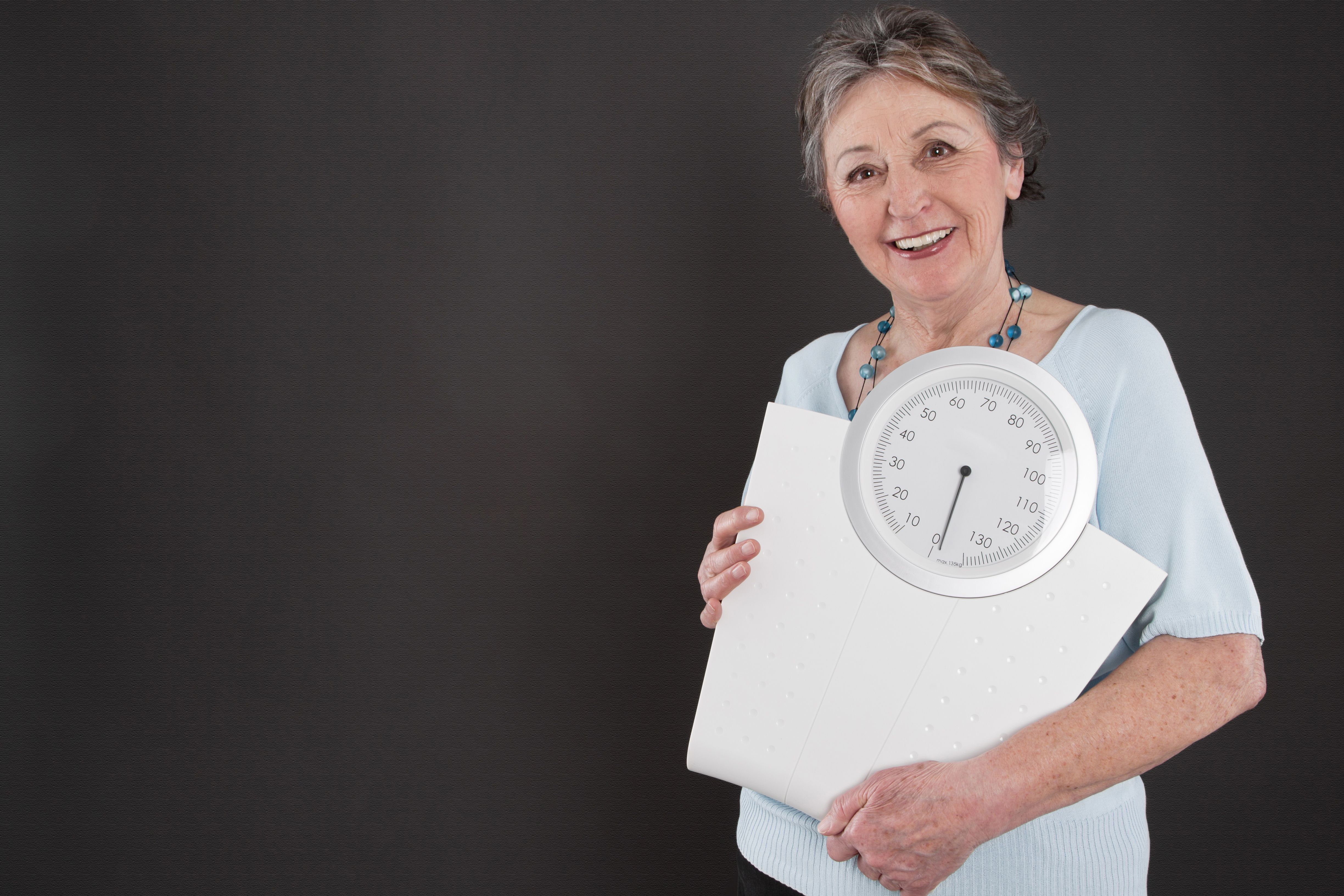Does HPV vaccination affect teens’ sexual behavior?
Results of a new population-based study in the setting of school-based immunization and education cast doubt on speculation that teens who receive HPV vaccination practice unsafe sex. PLUS: Does 3D mammography detect more breast cancers? ALSO: Can weight loss reduce breast cancer risk in postmenopausal women?

Some groups have speculated that teens who are vaccinated for human papillomavirus (HPV) may practice unsafe sex. Results of a new population-based study in the setting of school-based immunization and education cast doubt on that association.
Published in CMAJ, the findings by Canadian investigators are from an analysis of data from nearly 300,000 heterosexual girls. The information was collected on the BC Adolescent Health Survey, a longitudinal provincial survey administered in schools to capture adolescent physical and emotional health indicators. Using linear trend analysis, the researchers looked at sexual health behaviors and risk factors in adolescent girls before and after the implementation of HPV vaccination (2003, 2008, and 2013).
Conducted every 5 or 6 years since 1992, the BC Adolescent Health Survey represents more than 1.4 million students in grades 7 through 12 in public schools in British Columbia (BC). The survey is anonymous and does not capture identifiable data. In addition to demographics, information is collected on ever having sexual intercourse, age at first intercourse and number of sexual partners in the last year. In relation to last intercourse, the students also are asked about substance, birth control and condom use, and whether they have ever been pregnant.
The researchers found that from 2003 to 2013, the proportion of girls ever having intercourse decreased from 21.3% to 18.3%; adjusted odds ratio (OR) 0.79. From 2008 to 2013, self-reports of sexual intercourse before age 14 decreased significantly (adjusted OR 0.76) as did reported substance use before intercourse (adjusted OR 0.69 for 2003-2013). From 2003 to 2013, there was no significant change in number of sexual partners reported. After implementation of the HPV vaccination program, condom use significantly increased (adjusted OR 1.19, 95% confidence interval [CI] 1.02-1.39) and prevalence of girls reporting pregnancy decreased by 42% (adjusted OR 0.56, 95% CI 0.40-0.80).
The authors said that because of its large sample size and complex sampling technique coupled with a high rate of response to the survey, the study is representative of the BC population. It is limited in that the researchers did not look at the direct relationship between individual HPV vaccination status and sexual behaviors. Also, individual-level or causal relationships cannot be inferred because no identifiable data were captured that could be linked to public health vaccination records.
“Future analyses,” the authors said in conclusion, “should explore differences between girls who identify with other sexual orientations such as homosexuality and evaluate sexual behavior among girls who received the HPV vaccine and those who did not.”
©Gorodenkoff - stock.adobe.com

Does 3D mammography detect more breast cancers?
Digital or three-dimensional (3D) mammography generates thin image slices of the breast, thereby reducing the overlapping effect that occurs with standard two-dimensional (2D) mammography. In a new study, Swedish researchers aimed to determine whether the better image quality for the 3D technique translated into increases in cancer detection over2D studies.
Published in Lancet Oncology, the findings are from the Malmö Breast Tomosynthesis Screening Trial (MBTST),which looked at a random sample of women aged 40 to 74 who were invited to attend a national breast cancer screening at Skåne University Hospital in Malmö, Sweden. Participants underwent standard mammography followed versus 3D mammography
A group of seven radiologists examined and scored the images, in two groups for the different screening methods, using a five-point scale (1 - no abnormalities, 2 - benign findings, 3 - non-specific findings with low-probability of cancer, 4 - suspicious for cancer, and 5 - highly suspicious for cancer). Any cancer detected with a probability score of three or higher was discussed in a consensus meeting with at least two of the radiologists.
Cancer diagnoses were verified on the basis of histological findings from participants who had undergone surgery or core-needle biopsy or through matching records in the South Swedish Cancer Registry. The follow-up period for women participating in the trial was until their next screening, within 1.5 to 2 years.
Screening of 14,848 participants resulted in 139 breast cancers detected in 137 women (< 1%) with mean age at diagnosis of 61. The authors found that sensitivity was higher for 3D mammography than for 2D mammography (81.1%, 95% CI 74.2-86.9 vs 60.4%, 95% CI 52.3-68.0, respectively). The proportion of cancers detected was also significantly higher with 3D mammography than with the standard images (8.7 cancers per 1000 screened women, 95% CI, 7.3-10.3 vs 6.5 cancers per 1000 women screened, 95% CI 5.2-7.9, respectively). The rate of recall after discussion, too, was higher in women whose cancer had been detected using 3D mammography than among those whose cancer had been detected using standard mammography after the consensus meeting (3.6%, 95% CI 3.3-3.9 vs 2.5%, 95% CI 2.2-2.8, respectively).
Although the authors believe their findings are promising, they noted several limitations to the study. The research was done at a single center study, the radiologists were experienced with 3D mammography but not with using it in a setting for high-volume screening, and the reading time in the two groups was not measured. Also, images from both standard and 3D mammography were available at all the consensus meetings, which could have affected recall numbers for mammography because, having already seen the results of the 3D image, the reading group knew that no lesions were present. However, the authors believe that use of 3D mammography could benefit women by reducing their potential radiation exposure, although it does have slightly lower specificity for breast cancer detection than does standard mammography.
©Jeanette Dietl - stock.adobe.com

Can weight loss reduce breast cancer risk in postmenopausal women?
Obesity is associated with increased risk of breast cancer in postmenopausal women. Whether weight loss reduces that risk remains to be seen, but results of a new study shed light on the possible relationship
Published in Cancer, the analysis was based on data from more than 61,000 women aged 50 to 79 recruited from four clinical centers in the United States between 1993 and 1998. Information on demographics and breast cancer risk were self-reported using questionnaires at baseline. Measured height and weight were recorded at baseline and Year 3 and were used to calculate body mass index (BMI, kg/m2). Weight change at Year 3 was divided into three categories: weight gain (≥ 5%); weight loss (≥ 5%); and stable weight (< 5% loss or gain).
At 3-year follow-up, participants were asked if they had gained or lost 5 lb in the past 2 years, and whether the change was intentional. Querying on unintentional weight loss was necessary because especially among older individuals, it is correlated with increased morbidity and mortality and could contribute to reverse causality.
Compared with women whose weight was stable, those who had 5% weight gain were more likely to be younger, black, heavier smokers and younger at their first child’s birth. Women who had intentional weight loss were more likely than those with stable weight to have a higher BMI but less likely to be physically active or have used any menopausal hormone therapies.
Among the 4829 women who reported intentional weight loss, the mean loss was 19.56 lb (standard deviation [SD], 27.12), compared with 16.90 lb (SD, 18.69) in the 3346 women who lost weight unintentionally. However, by Year 6, the intentional weight loss group self-reported a higher weight compared to their Year 3 weight (+2.55 lb; SD, 13.68). The unintentional weight loss group also had a higher self-reported weight at Year 6 compared to Year 3 (+1.82 lb; SD 12.03). While the weight of both groups slightly increased by Year 6, both groups maintained the overall early weight loss from baseline through the study’s follow-up.
During mean follow-up of 11.4 years from the Year 3 follow-up visit, 3061 women developed invasive breast cancer. Mean time from the Year 3 follow up-visit to diagnosis was 6.47 years (range, 0.005-17.0 years). In multivariable analysis, women who lost weight (n = 8175) had significantly lower breast cancer risk than women with stable weight (n = 41,139) (HR 0.88, 95% CI 0.78-0.99). Weight gain (n = 12,021) was not associated with a higher risk for breast cancer overall but it was associated with a higher risk for triple-negative breast cancer (HR 1.54, 95% CI 1.16-2.05).
The authors noted a few strengths and limitations of their study. Among the identified strengths were the large population of postmenopausal women, adjustment for breast cancer risk factors, serial measured body weights, adjudicated breast cancers, weight loss intentionality linked to body weight change, long follow-up and the large number of breast cancer cases. Identified limitations included weight measurement only at baseline and Year 3 even though most of the loss had been sustained by Year 6. In addition, the observational study design precluded causal inference. The authors believe, however, that their results illustrate an association between weight loss in postmenopausal women and lower breast cancer risk and that physicians should discuss these findings with patients at risk of the disease so they can make healthy modifications to their lifestyle.
FDA grants 510(k) clearance to cobas liat STI multiplex assay panels
Published: January 22nd 2025 | Updated: January 22nd 2025The new panels, leveraging rapid polymerase chain reaction technology, allow point of care sexually transmitted infection diagnosis in 20 minutes, enhancing targeted treatment and reducing follow-up losses.
Read More
